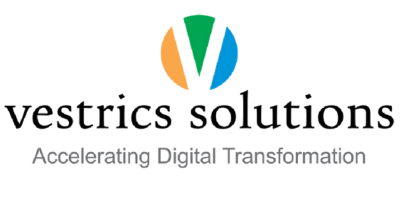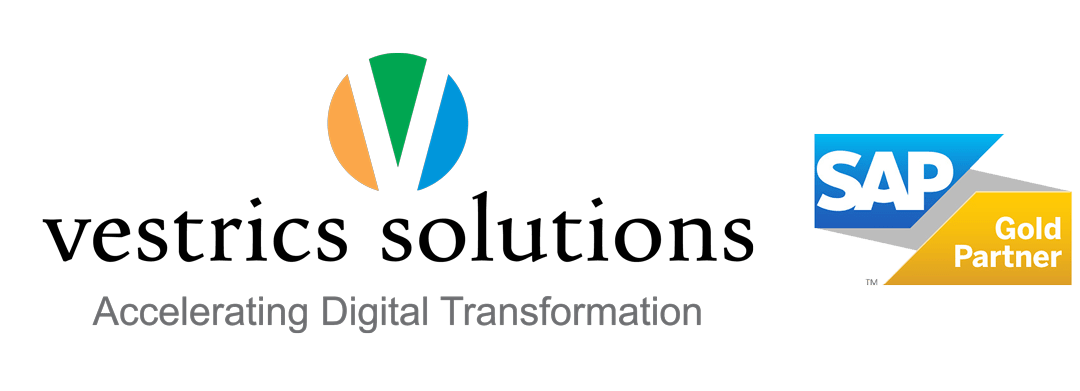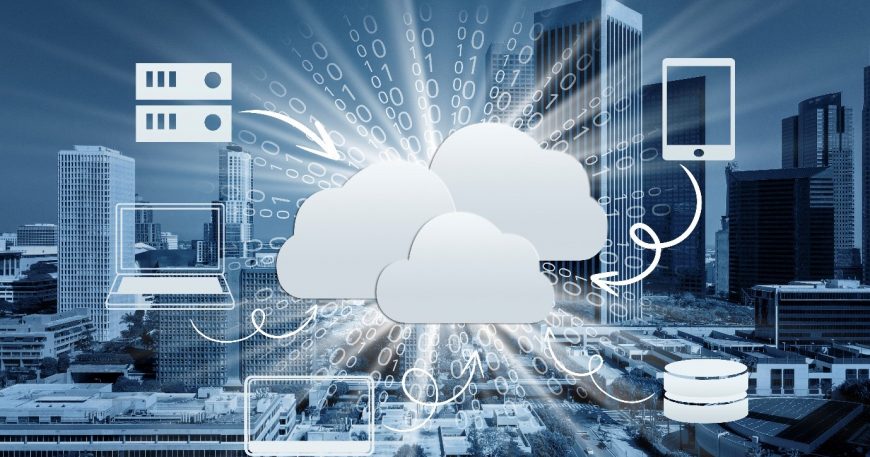ERP systems have become essential components of contemporary businesses, vital in optimizing operations, boosting productivity, and facilitating business expansion. When considering an ERP implementation, one crucial decision that organizations face is choosing between Cloud ERP and On-Premises ERP. This article aims to present a comprehensive analysis of these two options, highlighting their core distinctions, advantages, and factors to consider. This information empowers you to make a well-informed decision that aligns with your company’s specific needs.
Understanding Cloud ERP: Cloud ERP, also known as Software-as-a-Service (SaaS) ERP, refers to ERP systems hosted and managed by a third-party provider. In this model, the software and data reside on the provider’s servers, accessible to users via the Internet.
Here are some key aspects of Cloud ERP:
- Accessibility and Mobility: One of the primary advantages of Cloud ERP is its accessibility. With a mobile device or web browser, users can securely access critical business data and applications from anywhere, anytime. This enables remote work, facilitates collaboration among distributed teams, and empowers decision-making on the go.
- Scalability and Flexibility: Cloud ERP offers scalability and flexibility, allowing businesses to easily adjust system resources and capacity based on their changing needs. As your company expands, you have the flexibility to quickly adjust user permissions, enhance features, and allocate resources without the requirement for substantial hardware investments. This agility enables organizations to adapt rapidly to evolving market conditions and seize growth opportunities.
- Cost Efficiency: Cloud ERP follows a subscription-based pricing model, typically charged on a per-user or per-module basis. This eliminates the need for substantial upfront hardware and software investments, making it a cost-effective choice for small- to medium-sized enterprises. Additionally, the provider handles system maintenance, upgrades, and security, reducing IT overhead and freeing up internal resources.
Understanding On-Premises ERP: As the name suggests, On-Premises ERP involves hosting and managing the ERP system on the company’s servers and infrastructure.
Here are some key aspects of On-Premises ERP:
- Data Control and Security: On-Premises ERP offers organizations complete control over their data. Since the system and data reside within the company’s infrastructure, it provides greater control and customization options. This level of control is especially crucial for businesses operating in highly regulated industries or those with strict data privacy and compliance requirements.
- Customization and Tailoring: With On-Premises ERP, businesses can customize the system to align with their unique processes and requirements. This allows for a tailored solution that precisely fits the organization’s needs. Customization enables companies to optimize workflows, integrate with existing systems, and achieve greater efficiency and productivity.
- Network Reliability: On-Premises ERP relies on the organization’s internal network infrastructure, reducing dependency on internet connectivity. This can benefit companies operating in remote areas with limited or unreliable internet access. Organizations can ensure optimal network performance and minimize disruptions by hosting the ERP system on-premises.
Also read: https://www.vestrics.in/six-reasons-why-grow-with-sap-is-a-good-choice-for-mid-market-industries/
Factors to Consider when Choosing between Cloud ERP and On-Premises ERP: When deciding between Cloud ERP and On-Premises ERP, it’s essential to consider various factors, including:
- Business Requirements: Evaluate your organization’s specific needs, industry requirements, and long-term goals. Consider factors such as data sensitivity, compliance regulations, customization needs, and scalability requirements.
- Total Cost of Ownership: While Cloud ERP often requires lower upfront costs, assessing the long-term cost implications is crucial. Consider factors such as subscription fees, maintenance, data storage costs, and additional customization or integration expenses. On-Premises ERP typically involves higher upfront investments but may result in a lower total cost of ownership over time.
- Data Security and Compliance: Evaluate the sensitivity of your business data and regulatory compliance requirements. An On-Premises ERP solution may be more suitable if your industry demands stringent data control or mandates on-premises storage. However, Cloud ERP providers often implement robust security measures and compliance standards, making them a viable option for many organizations.
- IT Infrastructure and Resources: Assess your organization’s IT capabilities, infrastructure, and resources. On-Premises ERP requires dedicated IT staff, hardware maintenance, system upgrades, and backups. Cloud ERP relieves the burden of infrastructure management, enabling organizations to focus on core business activities.
Conclusion:
Choosing between Cloud ERP and On-Premises ERP is a significant decision that impacts your organization’s efficiency, agility, and growth. Each option offers distinct advantages and considerations. Cloud ERP provides accessibility, scalability, and cost efficiency, making it ideal for businesses seeking flexibility and quick deployment. On the other hand, On-Premises ERP offers greater control, customization, and data security, making it suitable for organizations with unique requirements and stringent compliance needs.
Businesses often adopt a hybrid approach, leveraging both Cloud ERP and On-Premises ERP solutions. This hybrid model allows organizations to enjoy the benefits of both options, optimizing data control, scalability, and cost-effectiveness.
Ultimately, the right choice depends on your organization’s needs, priorities, and resources. Evaluating these factors thoroughly, consulting with ERP experts or vendors, and conducting a detailed cost-benefit analysis before aligning with your long-term business goals and vision is crucial. Still confused? Call us at +91 9951053333 or write to us at sales@vestrics.in and we will guide you through the right path.






